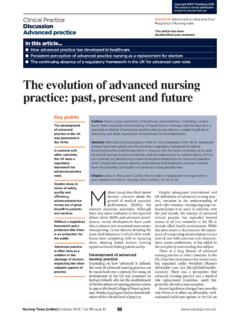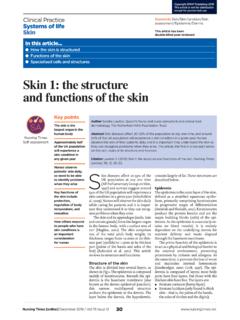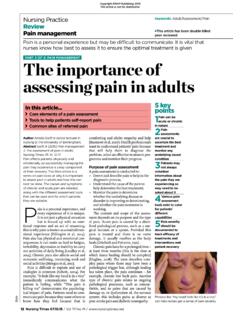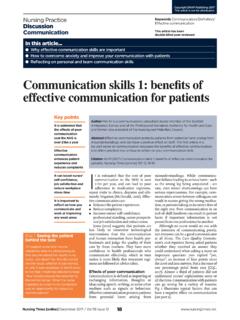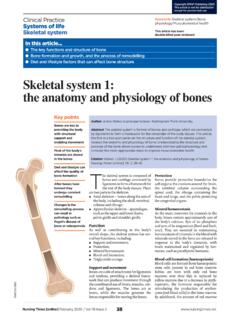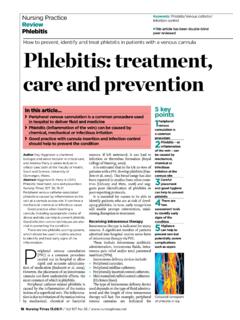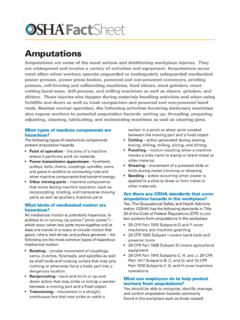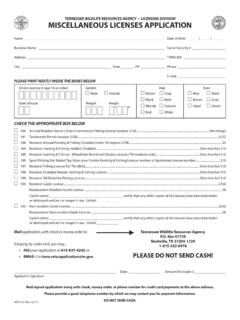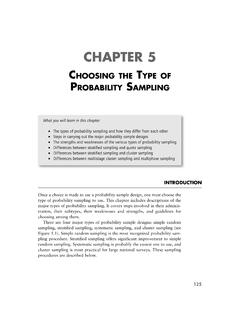Transcription of How to administer eye drops and ointments - EMAP
1 16 Nursing Times Vol 110 No 40 / PracticePractice educatorMedicines managementKeywords: Medicines administration/Eye drops /Ointment This article has been double-blind peer reviewedAuthor Mary Shaw is senior lecturer at University of Shaw M (2014) How to administer eye drops and ointments . Nursing Times; 110: 40, drops and eye ointments are the main treatment for most eye conditions and after eye surgery or surgery to the periocular structures. This article outlines the role nurses play in ensuring the safe adminis -tration of topical eye medication and that patients adhere to their treatment eyes are a vital part of the cen-tral nervous system.
2 They convert light into electrical impulses that are transmitted to the occipital region of the brain, where they are inter-preted into meaningful images. The eyes enable us to navigate our environment, see fine detail, interpret colour, and maintain our health and safety while performing everyday activities. However, little atten-tion tends to be paid to the eyes or their sur-rounding structures until something goes wrong with them; Marsden and Shaw (2003) highlighted health professionals lack of understanding of eye principlesEye drops and ointment are prescribed to treat acute or long-term eye conditions and/or the structures surrounding eyes.
3 They are the mainstay of treatment for eye disease as they are administered directly to their site of action and are, therefore, more effective than medications administered orally. They are also used to prevent or treat infection or inflammatory conditions and, in some instances, are used to relieve dis-comfort or to prevent damage, such as with dry-eye treatment (Marsden, 2007).5 practice points 1 Eye drops and ointments are prescribed to treat acute or long-term eye conditions2 Topical eye medications are subject to the same standards as drugs given by other routes3 Interactions can occur between different types of eye drops and also with drugs delivered by other routes4 Systemic absorption of eye drops and ointments occurs via the conjunctival blood vessels or the nasal mucosa5 Eye drop dispensing aids can help patients to self-medicateFor patients to gain maximum thera-peutic effect.
4 It is imperative that topical eye medication is given the same priority as medications that are administered sys-temically. The standards governing the administration of topical eye treatments are exactly the same as those covering other routes of administration; profes-sional guidance on the administration of medicines is available from both the Nursing and Midwifery Council (2010) and the Royal College of Nursing (2013).Nurses, patients and carers need a good knowledge and understanding of the ther-apeutic effects and potential side-effects of the topical drugs they administer .
5 They must also be familiar with potential drug interactions that can occur between dif-ferent types of eye drops and ointment, and also between these and drugs delivered by any other route (Andrews, 2006) as an example, timolol eye drops may interact with drops and ointmentEye drops and ointment should be admin-istered: At the correct time; In the correct strength; Via the correct route; To the right person; Into the correct eye. Some eye drops have a long-acting effect on the pupil so it is vital they are instilled into the correct eye. For example, atropine 1% makes the eye light sensitive as the pupil will not contract in bright light.
6 adminis -tration procedures are stated in Boxes 1 and 2. It is vital to establish the patient is not allergic to any of the eye drops or ointment ingredients. Before instilling these, the eye and eyelids should be examined for signs Learning Why eye drops and ointments are prescribed Complications with the administration of these topical drugs Procedure for administration of eye drops and ointmentsThe administration of topical eye medications must be given the same priority and attention to safety as drugs administered by the systemic routeHow to administer eye drops and ointments / Vol 110 No 40 / Nursing Times 17the same quantities.
7 This may cause sensi-tivity, resulting in sore eyes. If this occurs, the proprietary item may be dispensed. It should be noted that generic bottles are not a uniform size and, as a result, the drop size itself may be larger. This can result in the drug not lasting as long as the proprietary considerationsAfter administration of eye drops or oint-ments, patients must be advised against Box 1. ProCEdurE for INSTIllINg EyE drops Position the patient comfortably, either sitting or lying down (semi-prone or recumbent) with the head supported Wash hands before and after instilling eye drops to prevent cross infection and to remove drug residue from the hands Some local policies require that non-sterile gloves are used when instilling eye drops or ointment and that an aseptic non-touch technique is used for first post-operative dressing and application of eye drops (Shaw et al, 2010) Cleaning the eye may be required, for example when there are crusty or purulent deposits on the eyelids.
8 Clean the lids with non-woven or cotton wool swabs dipped in cooled boiled water or sterile saline solution (cotton wool is contraindicated when there are sutures on the skin) Establish that you have the correct eye drops and that they have not expired Gently agitate the bottle before use to make sure the drug is properly mixed Warn the patient the drops will sting transiently when administered (Andrews, 2006) Instil the eye drop into the space (fornix) created by gently pulling down the lower lid (Fig 1) Ask the patient to look up this helps to ensure the eye drop does not land directly onto the sensitive cornea Once the eye drop is instilled, release the eyelid, using a tissue or swab to dab any excess from the cheek Avoid holding the tissue too close to the eye, to prevent the drug wicking away from the eye Where multiple drops and/or ointment are prescribed for one or both eyes, the order of administration is important to ensure maximum therapeutic effect of each (Andrews, 2004) (see Table 1) Only one drop of each drug is required; more than this will create overflow onto the cheek.
9 Ideally, five minutes should elapse between administration of a different eye drop to achieve maximum therapeutic effect (Andrews, 2006)Closed eye techniqueAlster et al (2000) recommended a technique for patients who find it difficult to have drops instilled directly into the eye, for example, children or older people: Ask the patient to lie flat or with their head tilted back administer a drop of the medication onto the closed eyelid in the nasal corner Ask the patient to open the eye and close it gently once the drug has entered it FIG 1. INSTIllATIoN of EyE drops FIG 2. CloSE TEAr duCT FIG 3. EyE droP dISPENSEr of improvement or deterioration.
10 In case of the latter, medical help should be sought without absorptionSystemic absorption (SA) of eye drops and ointments occurs via the conjunctival blood vessels or the nasal mucosa. This is a particular issue when drugs such as beta-blockers are prescribed (Marsden, 2007). For example, the beta-blocker timolol can cause bronchoconstriction, hypotension, bradycardia, nausea, diarrhoea, anxiety, depression, hallucinations and fatigue. These effects can be reduced through the use of punctual occlusion (keeping the eye closed for a slow count of 60) after adminis -tration.
